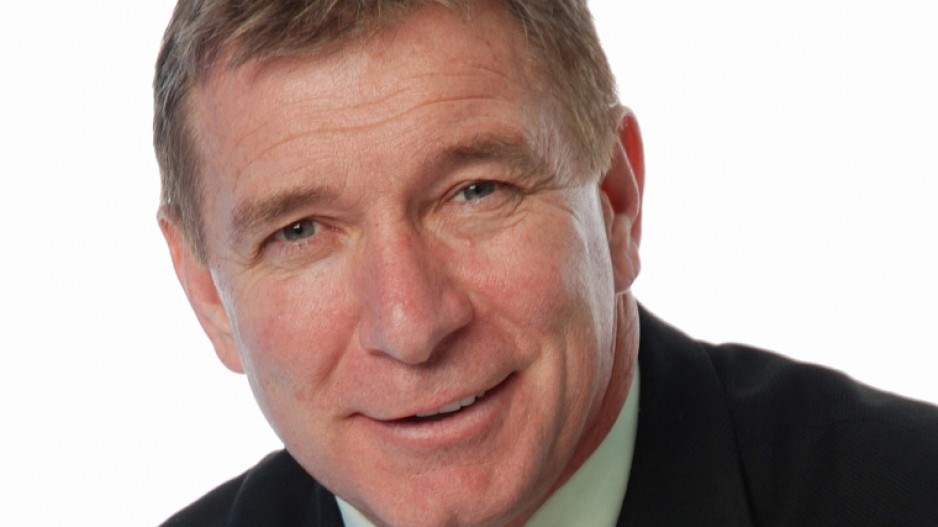Wheeling and dealing to build a spinal cord research juggernaut
Business in Vancouver’s “How I Did It” feature asks business and community leaders to explain in their own words how they achieved a business goal in the face of significant entrepreneurial challenges. In this week’s issue, Rick Hansen, founder, co-chairman of the Rick Hansen Foundation, describes how he parlayed the $26 million raised on his two-year Man in Motion tour by wheelchair into $252 million over 25 years through his foundation.
“After the Man in Motion tour was completed, we realized we had a substantial legacy that needed to be managed effectively. We wound everything down and then created our legacy fund and put together three national advisory panels focused on research, rehabilitation and wheelchair sport to start to disperse the interest.
“We had the funds invested with the Vancouver Foundation, because none of us were seasoned financial managers. We put together a great national science committee that would review applications, put out grants, and that was the beginning of the foundation.
“I essentially backed out of the public life for a period of time and worked with the University of British Columbia – my alma mater – on accessibility and inclusion. Our board continued to manage the legacy fund.
“Ten years went by. We had directed approximately $15 million in grants. But the interest rates were going down, our income was dropping from the legacy fund and the awareness of our original Man in Motion tour was dissipating.
“We were at a crossroads: were we going to be satisfied with the existing asset? Or were we going to be proactive and strategic to build awareness and leverage funds that would respond to the priority needs that seemed to be emerging in the field?
“Our first priority was to establish capacity in spinal cord research at UBC, and we put a series of endowed chairs together, leveraged some of the endowment funds with federal funds, provincial funds and the private sector.
“We also looked at some other critical issues. There was incredible fragmentation in the field, so we started to look at problems and solutions rather than just fundraising and dispersing of grants. As a result, we defined a long-term goal of creating a global centre of excellence that would bring the fragmented research and clinical activity together in one location, and not in a university, but on a hospital site.
“The other major problem was that Canada had nodes of excellence, not just in research, but in clinical treatments, but they were all disconnected. So we formed a pan-Canadian spinal cord injury network that was able to link up every major site that deals with spinal cord injury and have it anchored by a registry database so people could be sharing the same knowledge, learning from each other and prepare for multi-centre clinical trials. It merged into the Rick Hansen Institute.
“The strategic mandate for the institute’s next phase is to go to a 70-site global network.” •




